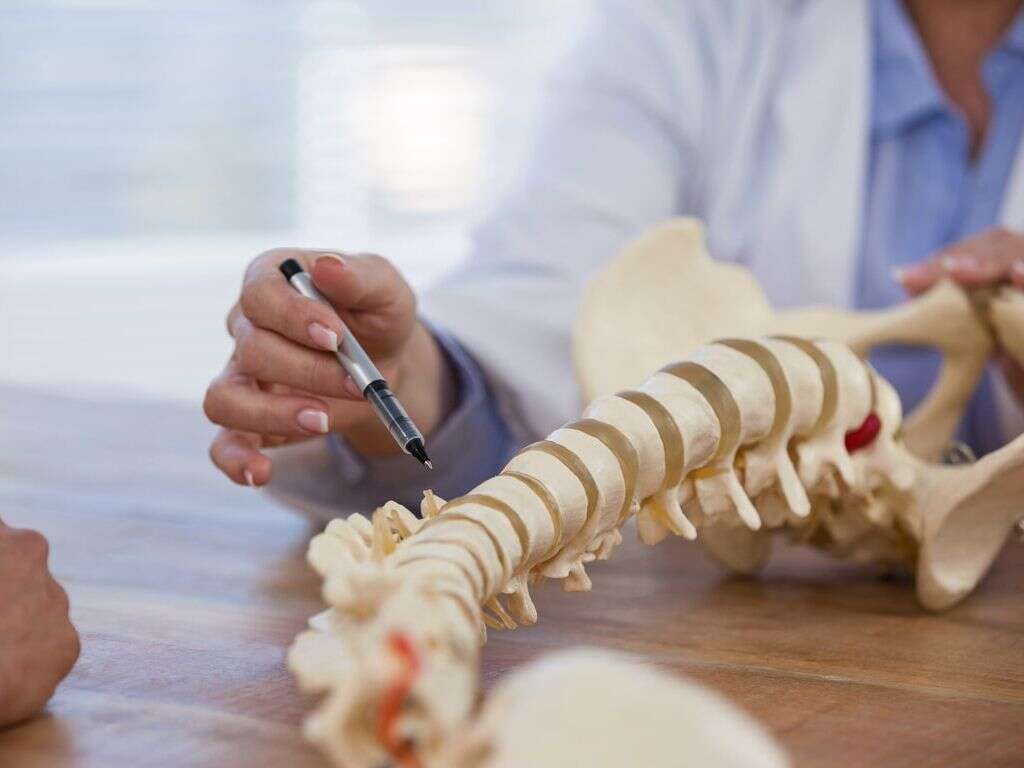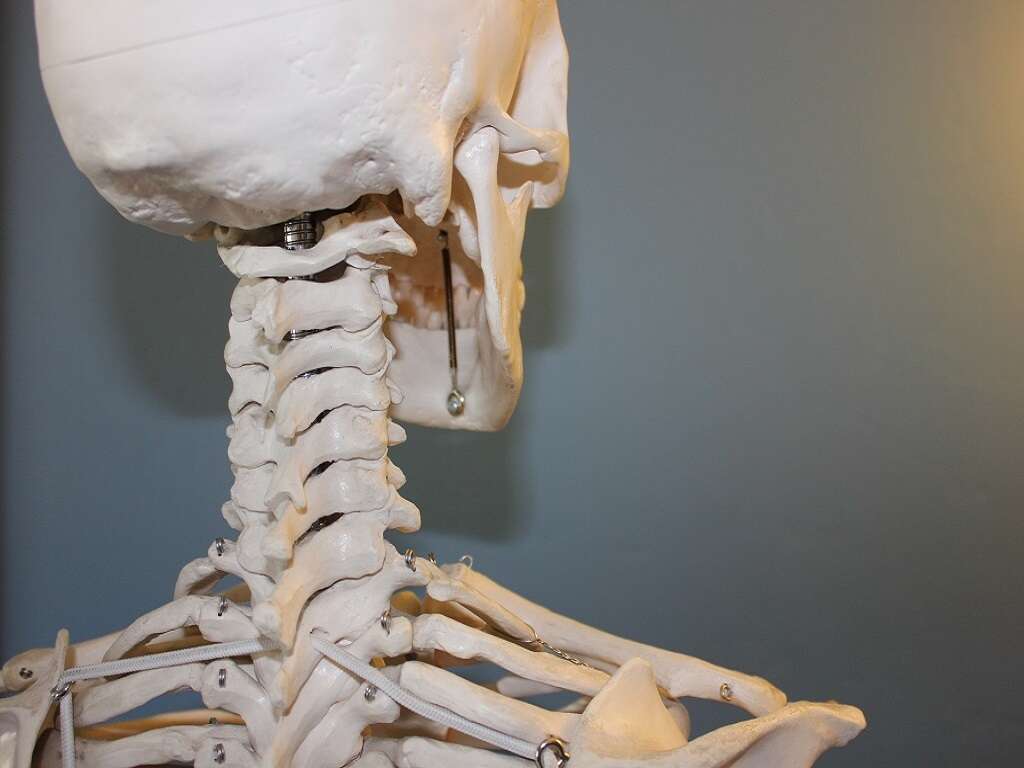10 Degenerative Disc Disease Symptoms
Degenerative disc disease, often referred to as simply DDD, is a fairly serious condition that occurs when the discs in the spine begin to lose their strength. The condition isn’t actually a disease, it’s a degenerative problem that can occur as a result of excessive work, bad health, or simple aging. The discs, which are found in between the vertebrae, are used to help cushion impact and absorb shock. They are also involved in helping us maintain proper posture and for providing us with the range of motion that we enjoy on a regular basis.
If you don’t get your DDD dealt with, it will likely continue to get worse. Some of the best things to do in regards to DDD simply revolve around taking it easy – don’t bend over too much, don’t lift heavy things, and try to avoid twisting motions.
If you’re worried about whether or not you might have DDD, then check out this list of symptoms. This should help you identify whether or not you need to seek more medical attention. Most of these symptoms are related to different types of pain, but understanding when and how pain strikes can be useful for helping you identify the underlying cause.
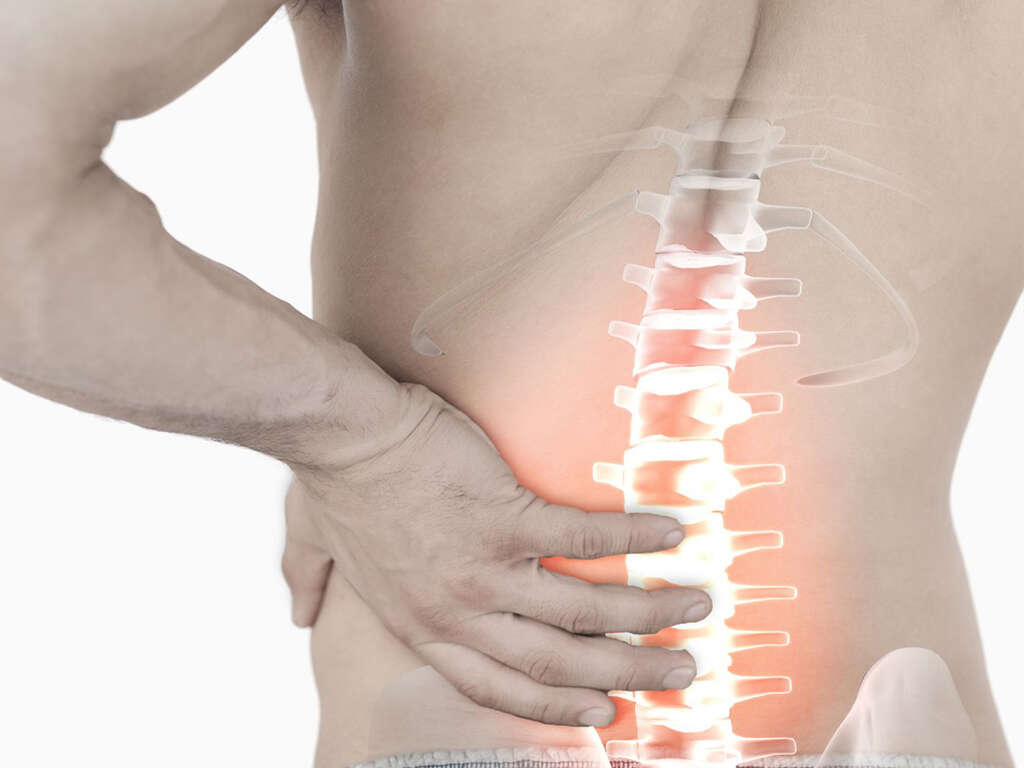
Symptom #1: Pain In The Lower Back
The most common symptom associated with DDD is pain in the lower back. The lower back is the part of the spine that carries the most weight, and is therefore the most likely to experience an injury.
In fact, lower back pain is one of the most common complaints throughout the United States.
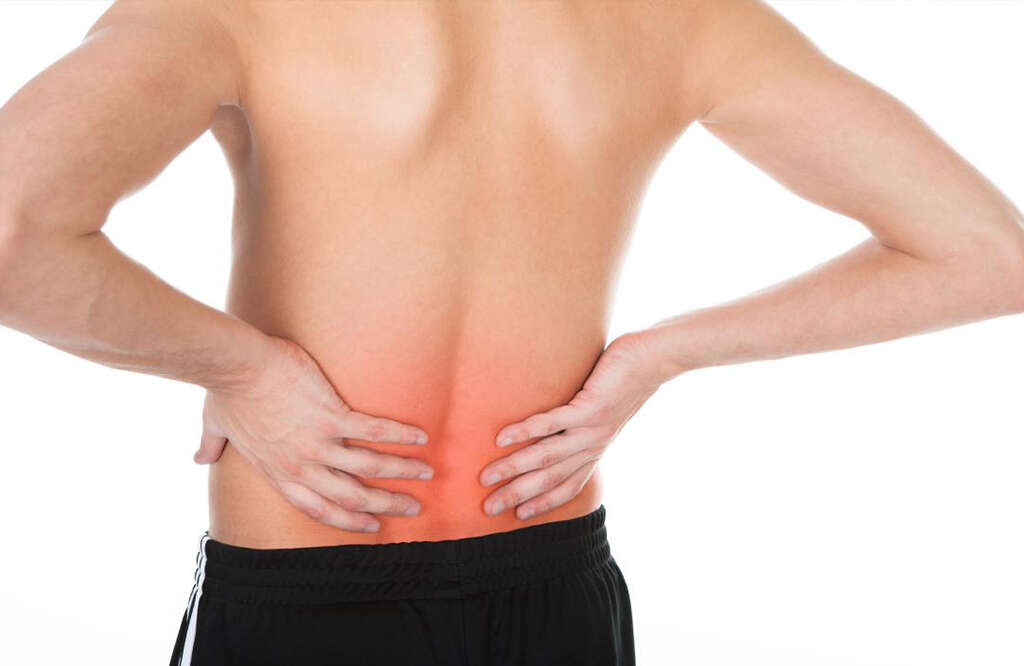
Symptom #2: Pain Extending To Legs And Buttocks
In moderate-to-severe cases of DDD, the pain may extend beyond the lower back in either direction. If you have been injured as a result of the stress of carrying weight around, you might find that the pain extends down into your legs and your posterior.
The pain can be a sharp, shooting, or stabbing pain that tends to become more intense when you’re using the area in question.

Symptom #3: Pain In The Neck
Some people experience DDD in the upper part of their spine, even going as far up as their neck. If the discs in the very top part of your spine begin to degenerate, you will suffer the loss of motion in your neck.
Trying to move it will cause sharp, severe pain that can make moving impossible.

Symptom #4: Pain Extending From Neck To Arms
The spinal cord is what houses many of the nerves that then branch out to other areas of the body. The nerves that come out near our neck lead down our arms and towards our hands.
For this reason, it’s not uncommon for people who experience severe DDD in their necks to also experience pain in their arms. As the nerves in the spine are compressed or agitated, they can send sharp pains down the arms which can make it hard to maintain proper motion.

Symptom #5: Less Pain When Changing Positions
One thing that many people notice when they are suffering from DDD is that they actually experience less pain when they make a point of changing positions relatively frequently. However, it’s important to make sure that you don’t change positions into a posture that aggravates your already hurt nerves.
Switching positions allows you to reduce the stress on your spinal discs by applying it elsewhere. This is a good technique for helping to minimize discomfort.

Symptom #6: Less Pain When Lying Down
Another thing that many people suffering from this problem notice is that they experience less pain when they are lying down. This leads to many people becoming inclined to spend much of their time on the couch or in bed because it’s less painful.
One of the reasons for this is because a lot of the pain related to DDD comes from the compression of the spinal discs. When you are upright, there is a lot of weight placed on these discs. When you’re lying down, however, the weight is distributed throughout the whole body.
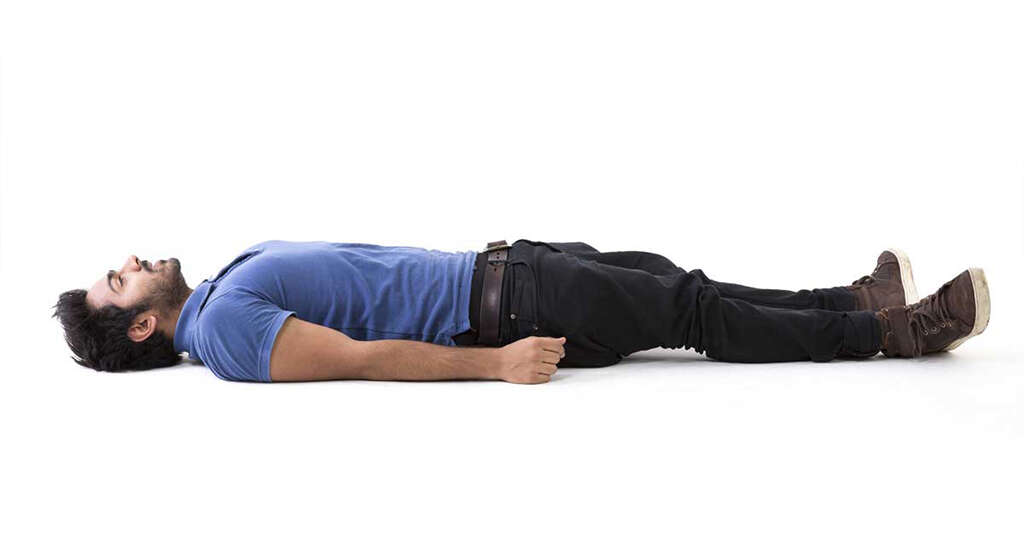
Symptom #7: Less Pain When Walking Or Running
Interestingly, many people experience a reduction in pain when they are walking or running. Of course, this isn’t the case with everyone. Many people with DDD find it impossible to run without severe pain. People with the most serious cases can even have a hard time walking.
However, people who are suffering from mild-to-moderate DDD might find some improvement from making sure that they walk a lot. This can help to distribute the weight throughout the body and avoids putting too much pressure on a single disc.

Symptom #8: Leg Weakness
This is one of the signs that your DDD is becoming serious enough to require immediate medical attention.
If you notice that your legs are becoming weak or that you’re not able to stand up as easily as you used to be able to, then you should get yourself checked in to the doctor right away as this is a sign that the condition is worsening rapidly.
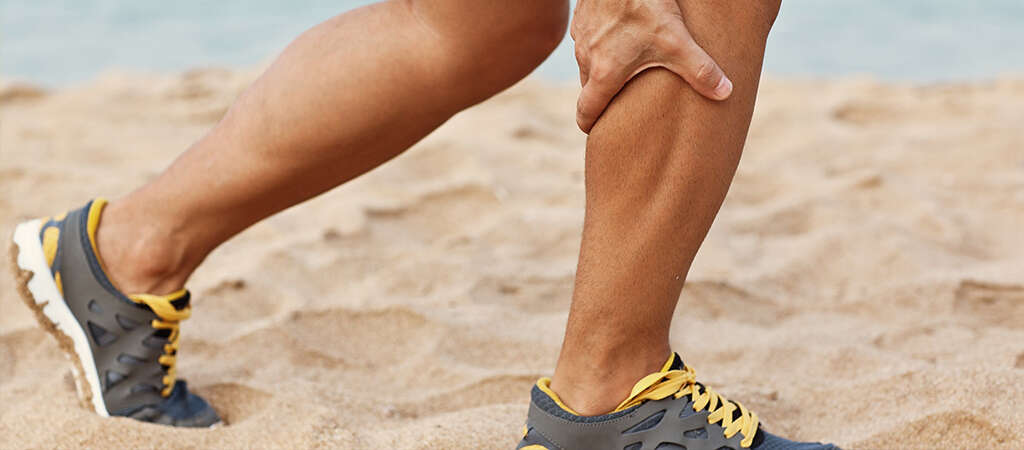
Symptom #9: Leg Or Arm Numbness Or Tingling
If your legs or arms become numb or you begin experiencing tingling sensations in your legs or arms, then this is a sign that you need to seek medical help immediately.
Numbness and tingling is a sign of nerve damage, and this indicates that the degeneration of your spinal discs is reaching a level serious enough for you to be doing permanent damage. Seek help as soon as possible.

Symptom #10: Loss Of Bladder Or Bowel Control
Another sign that your condition is becoming serious enough to require immediate medical attention is if you lose control of your bowels or your bladder.
This is a sign that the degeneration has reached a point that the control mechanisms for your bowels have become damaged.








